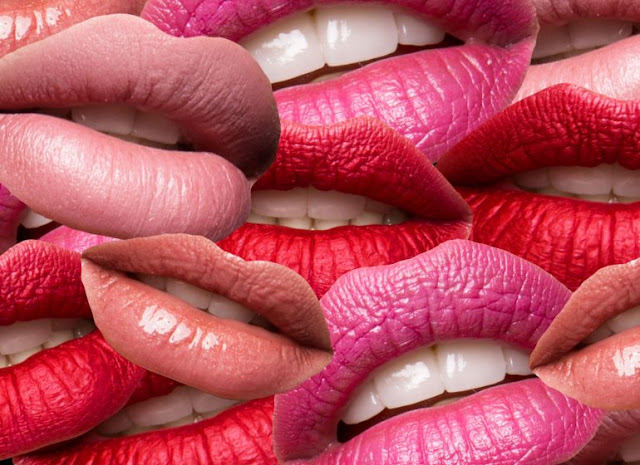Cheek fillers could be your solution to looking younger

Filler treatments are famously used for lip augmentations. But they can do a lot more than just plump your pout. Many are fighting back against signs of aging with the help of cheek fillers . “The cheek region is one of the foundations of support in the face,” said Dr. Young Cho, a plastic surgeon in Houston. “As we get older, we start to lose this support. Dermal fillers are a great way to restore both tissue support and lost volume from the aging process.” Wanting to reduce facial hollowness that leaves you constantly looking tired is nothing new, according to Dr. Richard Fleming, a facial plastic surgeon in Beverly Hills. Previously, many patients did so by getting cheek implants placed through an incision from inside their mouth. Fillers now offer a far less intrusive alternative. “Fillers have become more popular because longer-lasting results are possible with some products, it is a relatively easy procedure with minimal recovery, and there are few risks when


